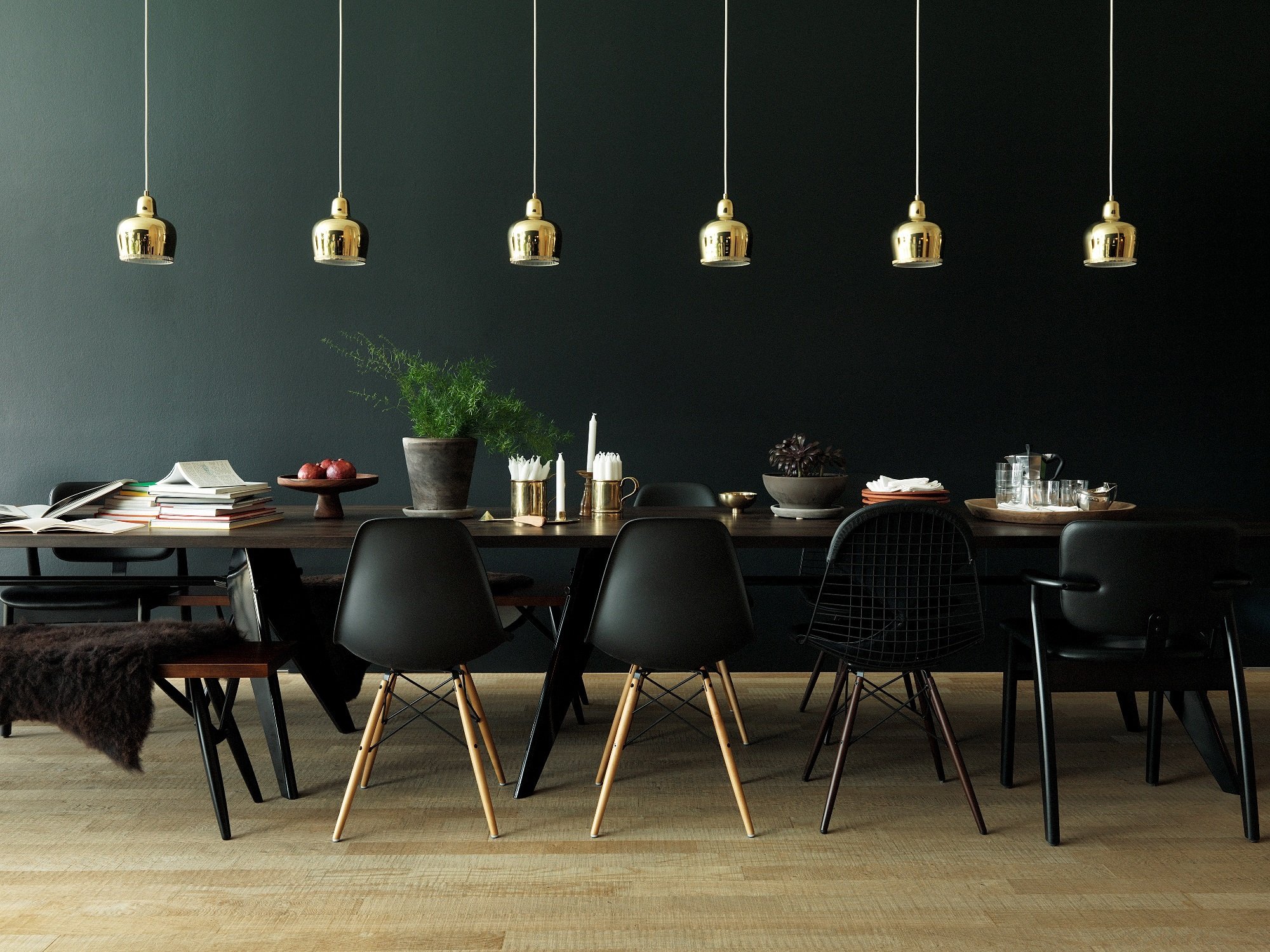

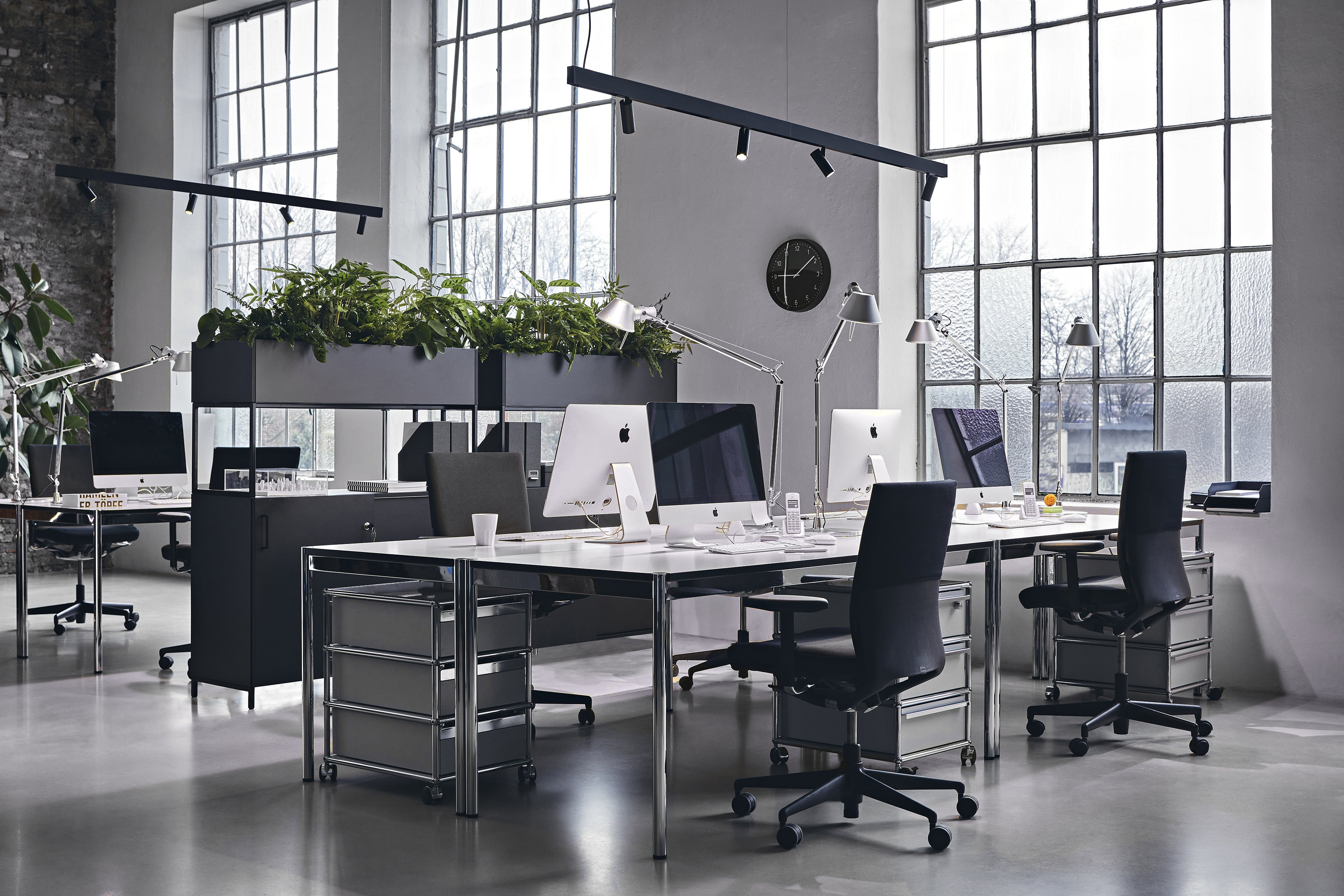
In the office a combination of daylight, direct and indirect lighting as well as individual task light should be combined to provide appropriate lighting. Of particular importance when selecting lighting is the illuminance. This is the measure of the so-called location-dependent brightness, that is, how bright it is in one place. This is indicated by the so-called Lux number and depending on the task differing levels of illumination are required. Generally speaking visual performance improves and the eyes are less stressed the better a workplace is illuminated: and where complex or filigree activities are undertaken, high brightness is a necessity. The optimal strength of the workplace lighting is also dependent on the respective employee. Older or visually impaired employees need a higher Lux, i.e. between 750 and 1500, while younger employees require around 500 Lux. The illuminance of dirty or dusty lights decreases, consequently all lamps should be regularly maintained and cleaned. Flickering lamps also have a negative impact on our well-being and should be repaired/replaced without delay.
In addition light color or color temperature - indicated in kelvin – can affect the well-being. Visible light ranges from red to violet: daylight has a rather bluish tone in the morning, while it has a rather reddish hue in the evening. In general one can say that the higher the light temperature, the more active our biological rhythm. Sometimes a very high colour – for example, daylight white of about 6000 kelvin – can be perceived as being too bright, which is why for computer workstations neutral white lighting of about 4000 kelvin are well suited.
For office lighting the color temperatures warm white, neutral white or daylight white with a high blue content are ideal. Where copiers and archives are located 300 Lux is completely sufficient, in contrast a conference room needs to be brightly lit for concentrated work, as well as having the ability to be dimmed for meetings and presentations. Important is also that excessive contrasts be avoided in work spaces, and there should always be more light sources in the front area of a meeting room so that contrasts can be set during presentations.
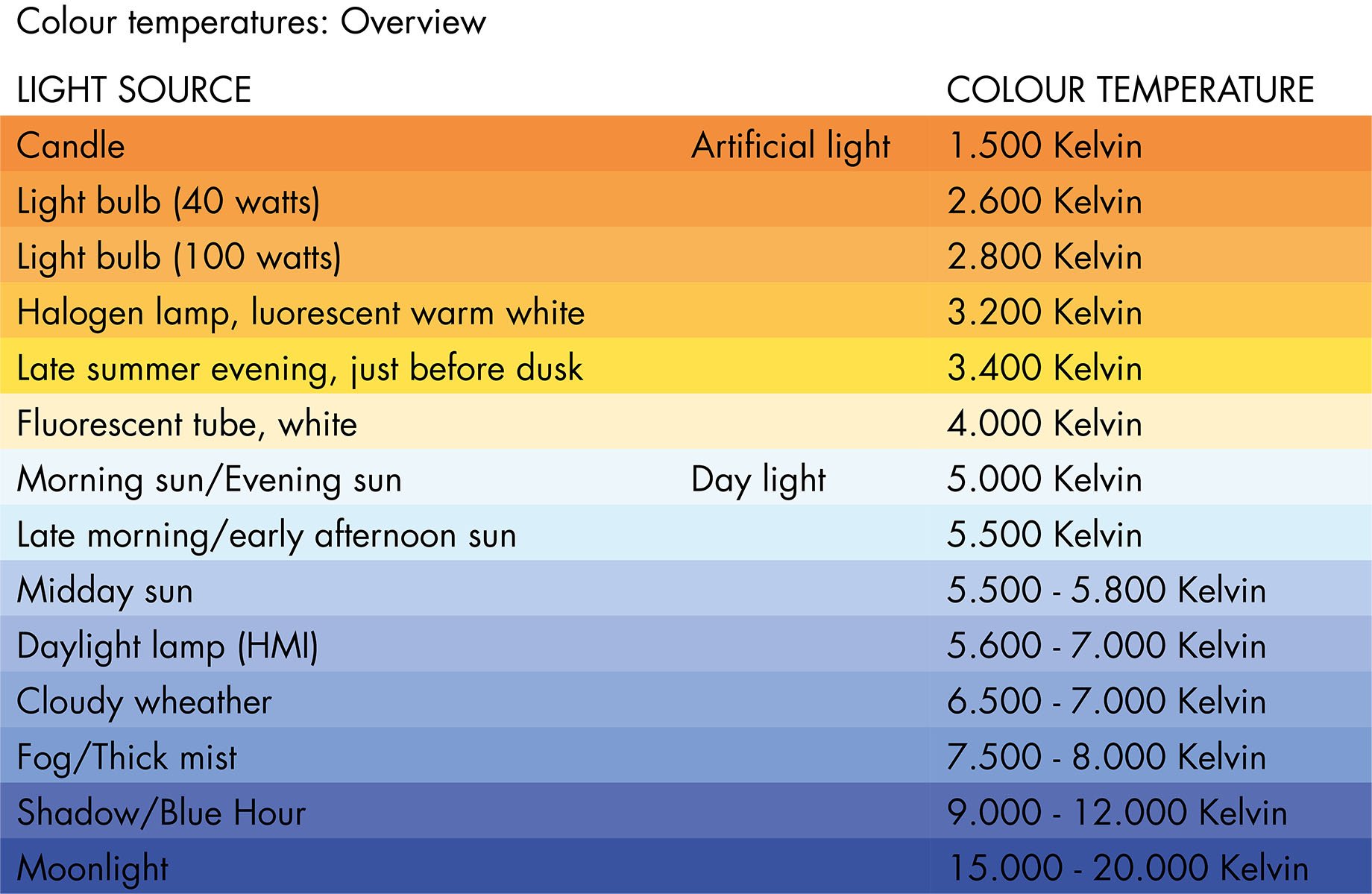
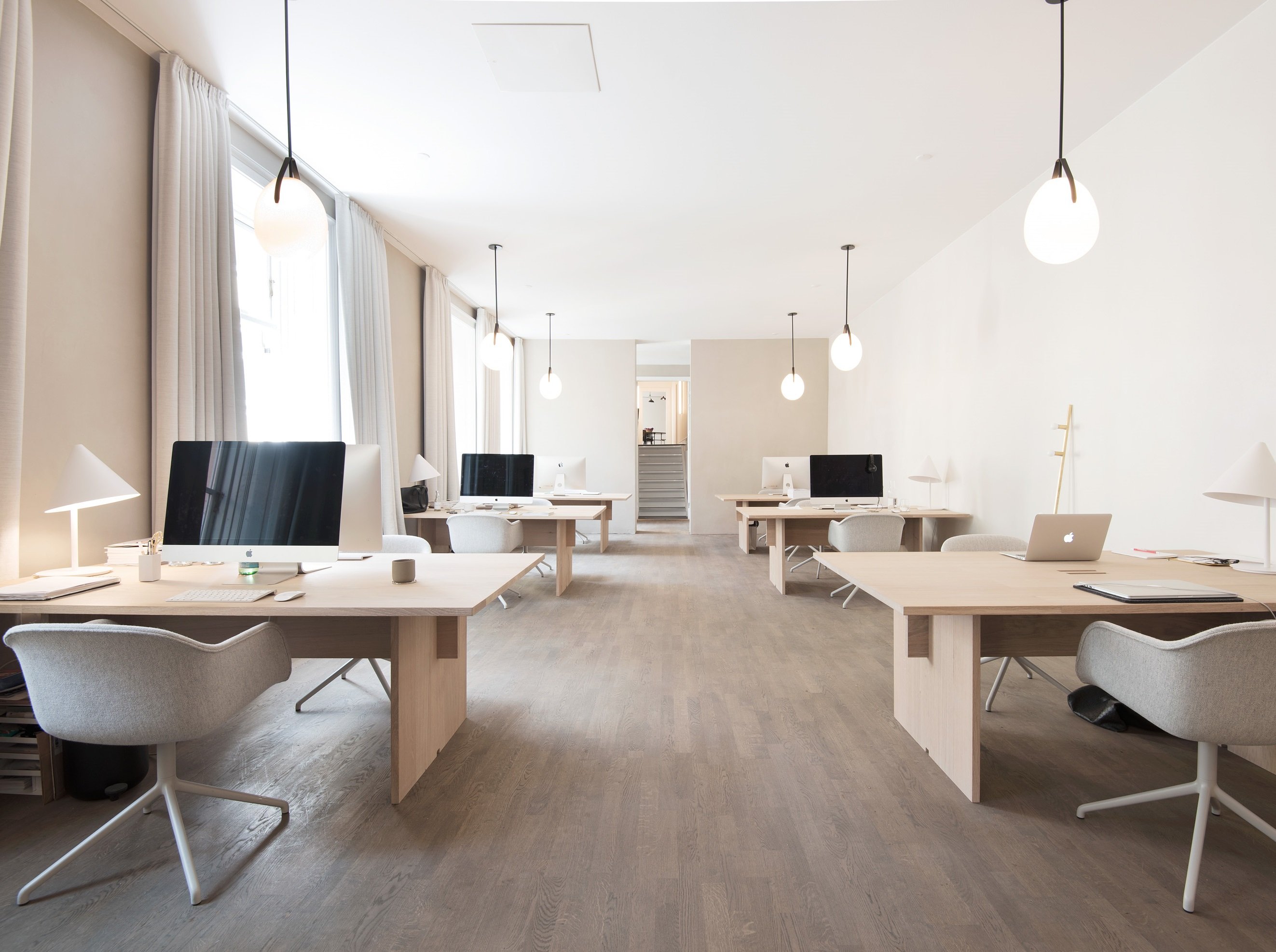
A particularly important source of light is daylight. The quantity and quality of daylight has a stimulating and motivating effect on the human organism: which does not mean we have to spend the whole day outdoors, simply taking a look outside can have a positive effect on well-being. Of particular importance is the quality of the daylight, i.e. its light temperature, brightness or intensity as well as the incidence of light change due to the time of day and the weather, the weather conditions and the geographical location of the source.
Research shows that productivity under daylight is much higher than when only desk lamps provide the necessary workstation lighting. In addition, deprived of daylight our artificial hormone system releases more of the stress hormone cortisol, in the long term, the immune system suffers and you tend to become sick more often. Desks placed near windows are therefore important as working without windows quickly has a negative impact on employees. However, not every office has daylight windows, and especially in open-plan offices, it is often the case that some jobs are so far away from the window that the employee is rarely exposed to direct daylight. One study shows that employees working closer to the window feel healthier and have better, longer sleeping patterns than employees who do not have a window.
The use of daylight bulbs can therefore have several beneficial effects on health: energy and concentration increase, fatigue during the day is reduced and sleep problems prevented. Similar effects as with daylight lamps can also be achieved in a conventional, natural way. Light should, wherever possible, come from above as this is perceived as natural and thus increases well-being and ability to concentrate. Equally important is to take breaks in the fresh air thus absorbing valuable daylight.
The color temperature in the office is also important. In highly concentrated work phases this should be 5,500 to 5,800 kelvin, which is the color temperature of the midday sun. In meetings however the light may be slightly dimmed.
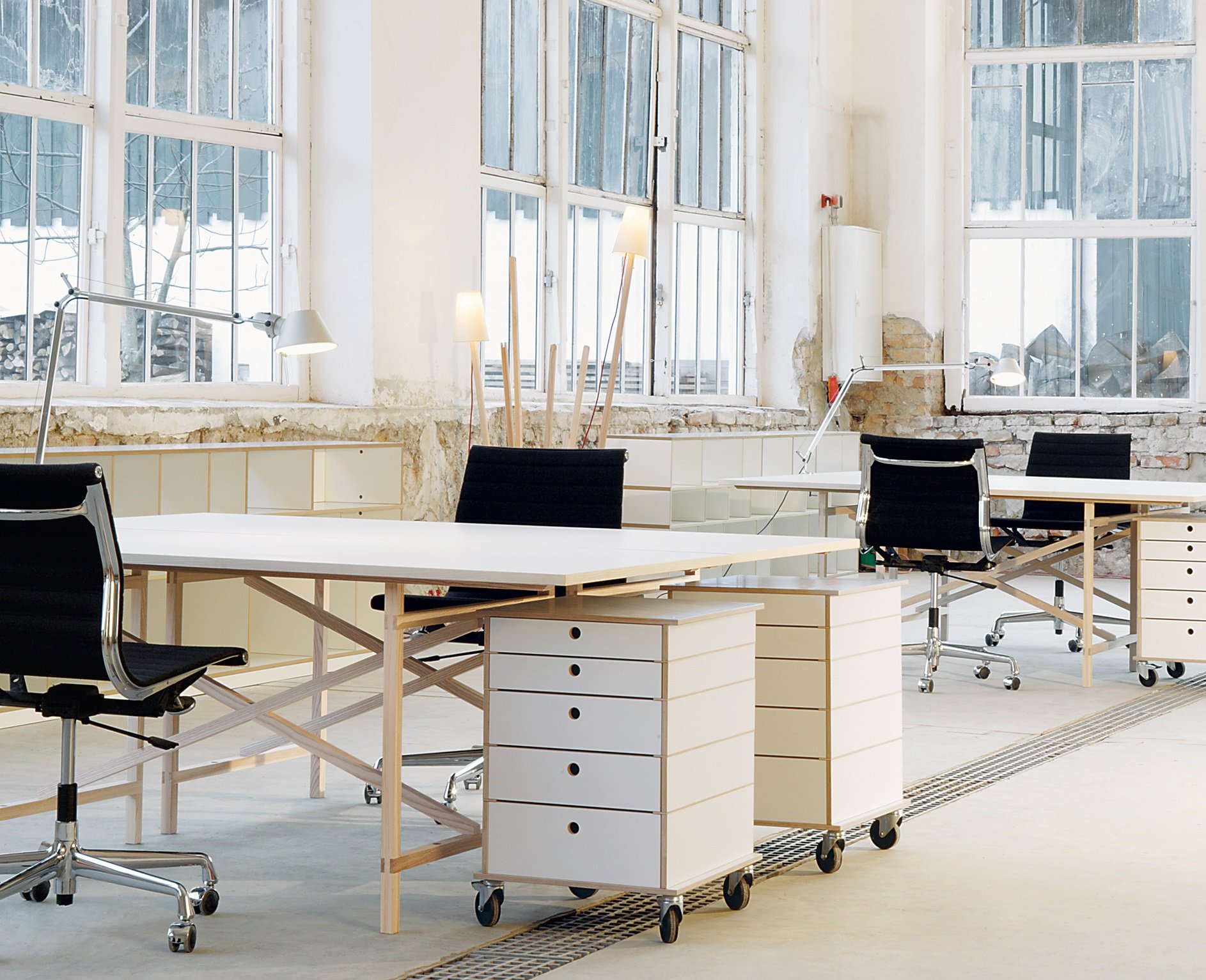
Classic lighting problems in the office are often caused by the wrong lighting concept, lack of sun protection and/or suboptimal ergonomics in terms of lighting. Long-term such errors can lead to health problems, while employee performance declines as the frequency of errors and the risk of accidents increase. Natural light is essential for our body. Especially in winter many suffer from vitamin D deficiency - humans produce this vitamin by absorbing sunlight themselves - consequently it is all the more important that employees have sufficient exposure to daylight. This can be achieved, for example, through windows, glass doors, roof skylights and glass blocks in the walls. The ideal office lighting concept combines indirect and direct lighting with a workstation light. Indirect ceiling lighting ensures sufficient background brightness in a room and should ideally be positioned laterally to the workplace, so that no glare or reflection occurs. In terms of desk lamps, the employee can adjust the lighting to his individual needs, especially important as lighting requirements change depending on the activity performed.temperature in the office is also important. In highly concentrated work phases this should be 5,500 to 5,800 kelvin, which is the color temperature of the midday sun. In meetings however the light may be slightly dimmed.

Ergonomics also play an important role in selecting the correct lighting: glare at the workplace should be avoided as this can lead to incorrect posture and eye complaints. One differentiates between two forms of glare: direct glare, caused by sun or badly positioned lighting elements, and reflected glare caused by light reflecting on tables or other smooth surface. For ergonomics, the arrangement of the workplace to the light source is of great importance. It is important that the workstation is aligned parallel to the window front, while light sources should be arranged next to the desk. At the same time, sufficient sun protection measures should be available. Ideally, alignment of the building and arrangement of the windows are taken into account in the furnishing. In addition, blinds are essential. As are low-reflection surfaces: furniture, walls or screens should be matt and ideally kept in lighter shades. The ultimate aim is a well-balanced mix of daylight, artificial light and indirect as well as direct illumination.
More inspiration?
An interesting YouTube video is linked from here. However, you have decided against viewing YouTube on our website. If you would like to see the video, please click here to change your settings.
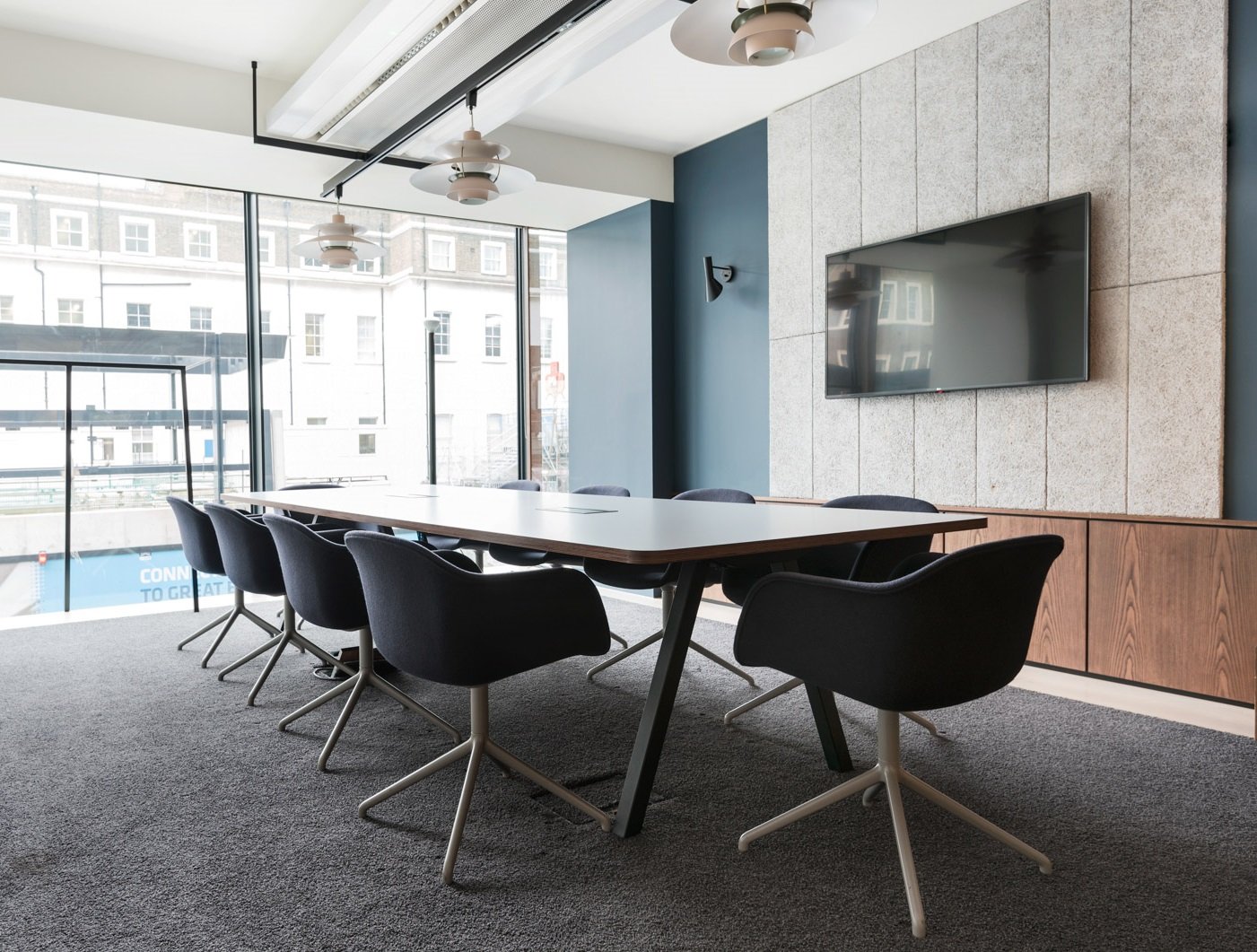
Positive changes with regard to the lighting situation can be realised relatively easily: and an optimised reconfiguration of the lighting in the office can prove profitable in the long term. Good, ergonomic light conditions have a positive effect on the well-being of employees: motivation, effectiveness, performance and satisfaction increase, all of which directly affects the success of a company. The right lighting in the workplace increases concentration, prevents tiredness and helps sleep - which allows the employee to reappear in the morning fresh, energetic and ready for the new day.
Environmental protection is also of extreme relevance and here companies have a large, not to be underestimated, influence, if one which they all too often leave untapped. Energy consumption can be significantly reduced through a few very simple measures: not only good for the environment, but also saving money in the long run. Often neon tubes are still used in offices, which consume a lot of energy: the use of energy-saving light sources such as light-emitting diodes (LEDs) and computer-controlled control systems, which insulate the light during the day and adapt it to the daylight, can save a great deal of electricity. Especially in open-plan offices energy-saving bulbs are very useful: in such environments there often nobody who feels responsible for the light, meaning they are switched on all day. By replacing old bulbs electricity costs can be significantly reduced.
At the same time, employees become more efficient, as good lighting significantly reduces eye problems and headaches as well as fatigue and concentration problems. They are therefore happier, more productive and rarely ill. Employees and companies are demonstrably enhanced by well-planned, ergonomic light – therefore the optimising of lighting in the workplace should definitely not be ignored.

